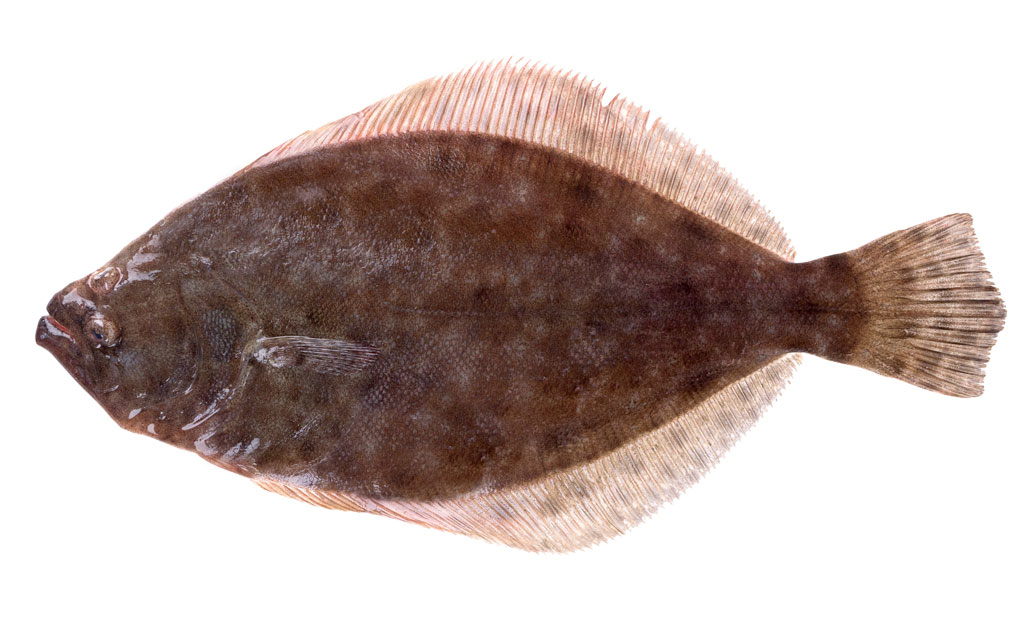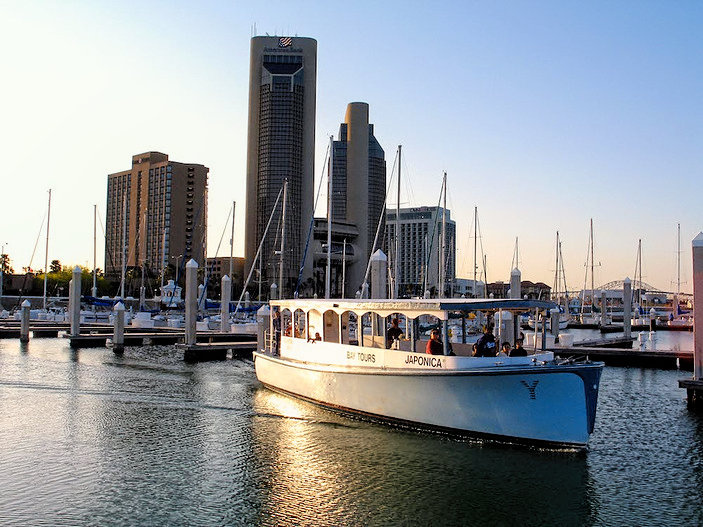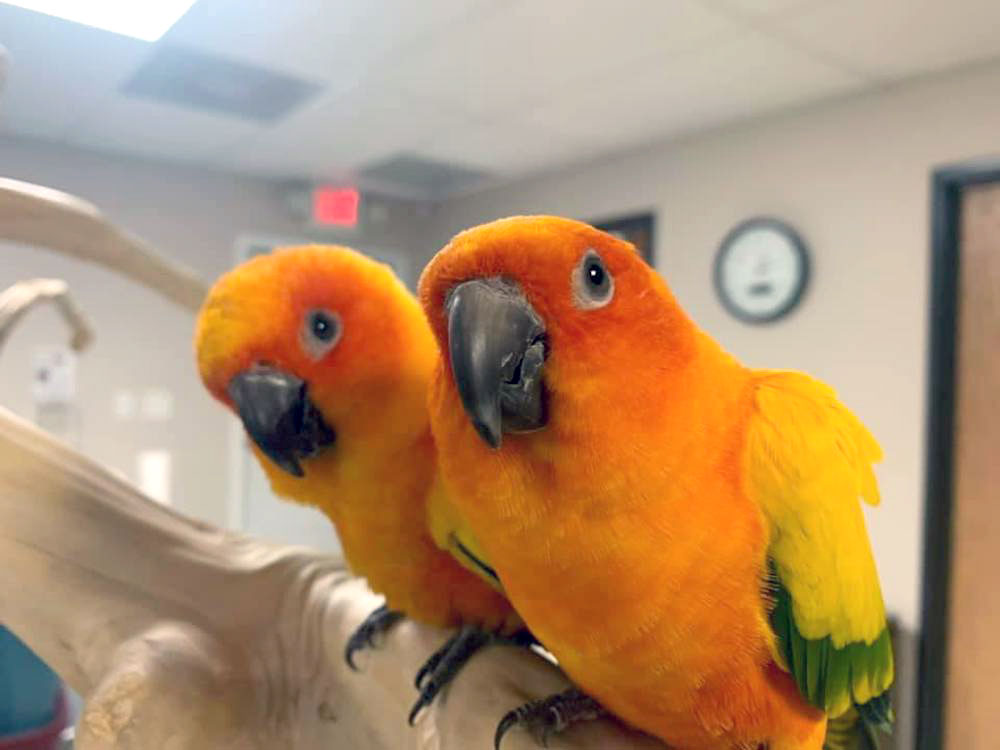
Regulations for commercial use of drones under 55 pounds are easing up. The Federal Aviation Administration is expected to release new, less strict rules in late June 2016.
Routine commercial use of small drones may soon be approved by the Obama administration. A new category of rules is expected to be released any day by the Federal Aviation Administration for drones weighing less than 55 pounds. The new rules will allow these smaller drones to fly without special permission.
Until the rule change, to fly an unmanned aircraft for profit, companies must be granted a federal exemption to share airspace with manned aircraft. The credentialing process usually takes about three months and costs around $10,000.
In the last two years, the FAA has granted more than 6,100 waivers. Another 7,600 await approval. Many companies are using drones without approval, although the fines for getting caught are pretty hefty. Under the new rules, they would be operating legally.
The Lone Star UAS Center at Texas A&M University-Corpus Christi is one of only six federally designated test sites working with the Federal Aviation Administration to develop procedures to safely allow drones in the national airspace. It was the first to actually begin credentialing.
“To legally fly a UAS in the national air space, a company has to apply for a Section 333 exemption,” said Dr. Jerry Hendrix, executive director of the Lone Star Center. “If they want to operate with key stakeholders, they need to be credentialed. We have over 100 different processes we have to follow to provide this vetting service.”
A 333 exemption is part of the Federal Aviation Administration Act of 2012, an act of Congress that gives civil commercial entities the ability to apply for exemptions to legally fly in the national air space. The process takes nine months and can cost anywhere from $400 to $100,000 depending on the extent of the application and who does the work.
“The forms are detailed and exhaustive,” Hendrix said.
Until the FAA Act of 2012 passed, drones could not be used to make money. That act also created the Lone Star Center along with its six companions.
According to a summary of the new rules accidentally posted — and them removed — from the FAA website, new commercial-operator rules are similar to requirements for hobbiests. Operators would have to register the drones online and would not be allowed to fly at night or over poeople higher than 400 feet. Only operators flying near airports would need special permission. Other rules are expected when details are released, but they will not be as strict as current regulations.
The new rules do not permit drones to deliver packages. More recommendations for safety standards for flying drones at even higher altitudes are expected to be released in July or August.





